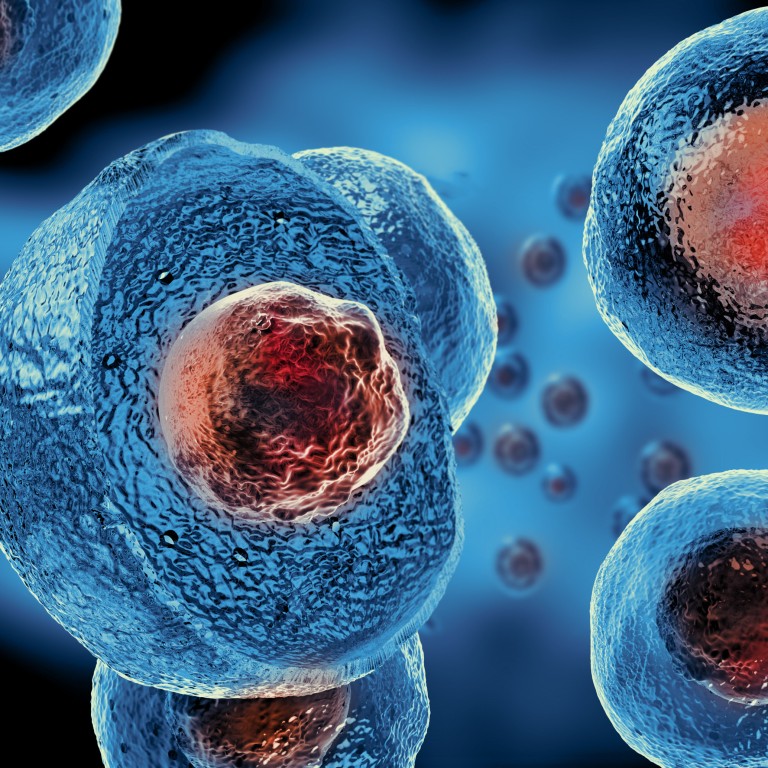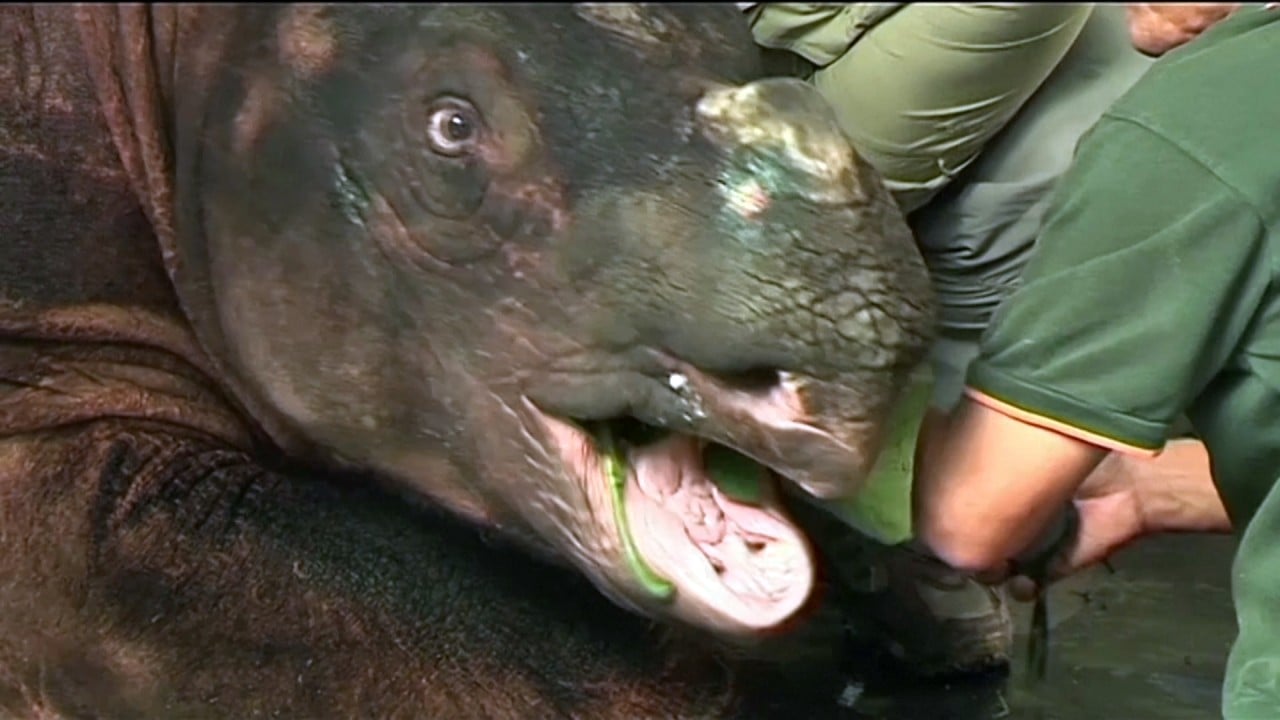
‘It can create life’: Chinese team claim stem cell breakthrough in mice study
- Researchers say they turned one type of stem cell into another that can develop into all types in the body
- The findings have wide-ranging implications, including for animals at risk of extinction, co-author says
In a study on mice cells published in the journal Nature journal on Tuesday, Tsinghua University researchers said the stem cells could create life without the need for reproductive cells.
Ding Sheng, a professor at the university’s school of pharmaceutical sciences and corresponding author of the study, said the research had a wide range of implications, from replication of animals at risk of extinction to accelerating the evolution of a species.
“The greatest significance of our study is that the induced totipotent cells have the potential to create life,” Ding said.
“Life can only be created through germline cells. It’s the law of nature. But now [researchers] may possess the ability to create life without those reproductive cells, though the creation of life itself has philosophical or religious meaning.”
In the study, the researchers transformed pluripotent mice stem cells into totipotent stem cells.
Totipotent stem cells are embryonic cells formed within the first and second division after fertilisation.
They can develop all the cell types in a body, including extraembryonic cells, which form organs outside the embryo such as the placenta.
Pluripotent cells, which develop at a later stage, can only give rise to the fetus but not the extraembryonic cells.
“Normally after totipotent cells, none of the other stem cells had the possibility to turn into a life on its own,” Ding said.
In the study, Ding and his colleagues selected and screened thousands of small molecule combinations and finally identified three small molecules that could turn mouse pluripotent stem cells into totipotent cells.
They cultured mouse pluripotent cells in petri dishes with media containing the small molecules and successfully generated mouse totipotent stem cells.
Following injection into early-stage embryos in mice, the researchers found the chemically induced totipotent stem cells were capable of generating all the differentiated cell types in both embryonic and extraembryonic tissues.
Scientists call for ban on human embryo gene edits after He Jiankui scandal
Previous studies focused on turning somatic cells, or non-germ line cells, into pluripotent cells.
The researchers said the generation of totipotent stem cells from non-germ line cells “represented a holy grail toward creating and understanding life”.
However, Ding noted that many of the possibilities of the finding may spur controversy.
“Our research is rigorously under the scientific ethics framework … Our main job is to focus on making discoveries under present management or rules, and lay the ground for future generations.”


